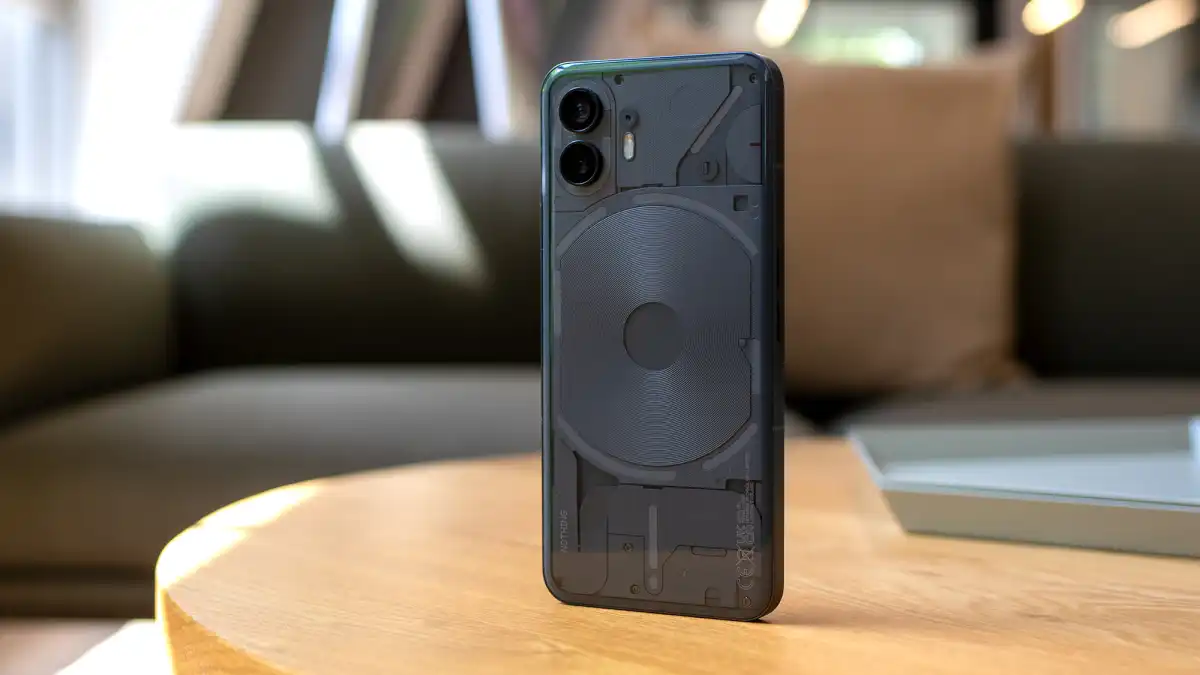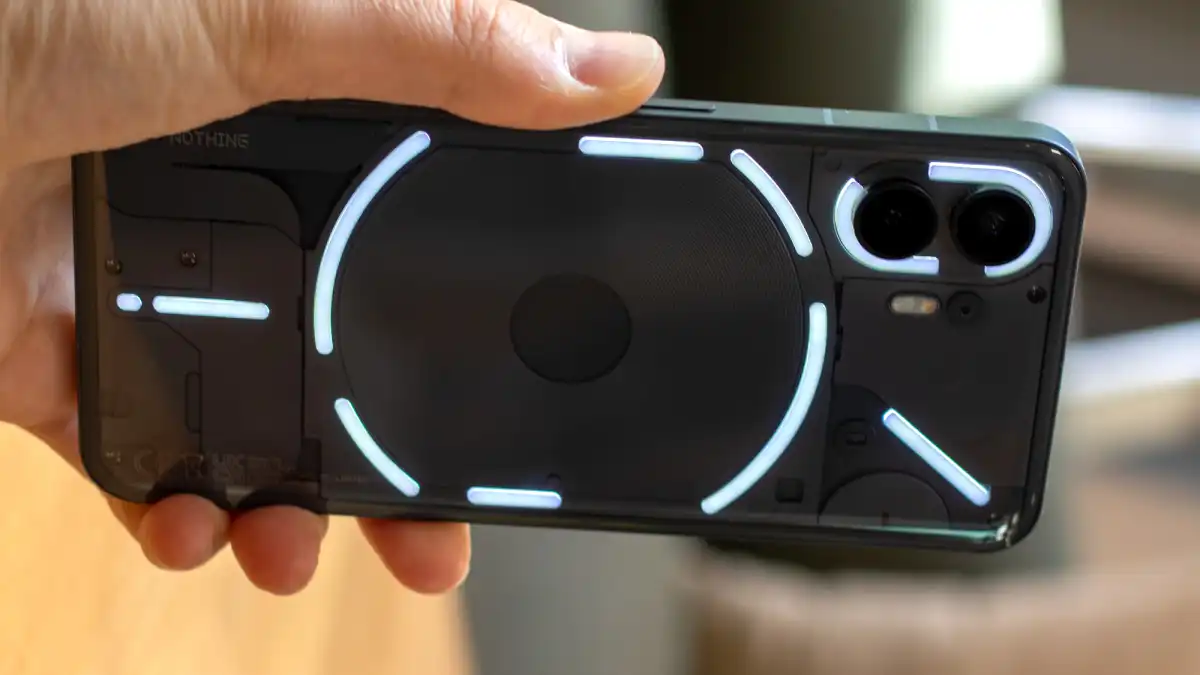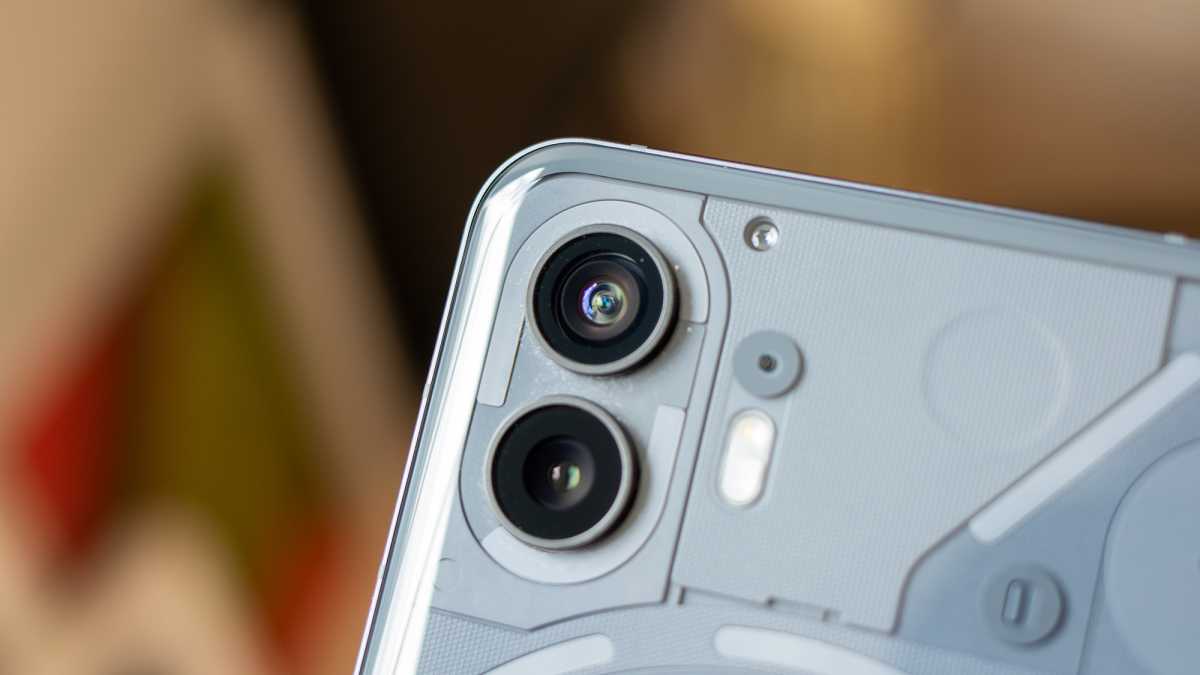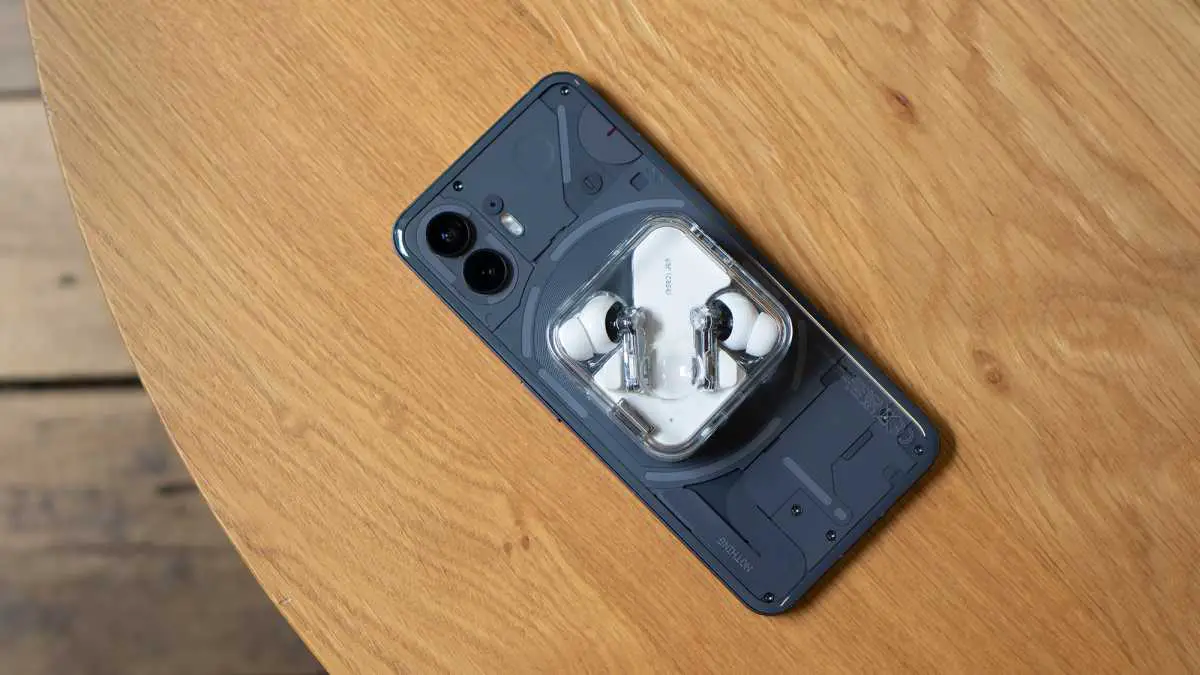Nothing is recognized for its community participation, which has a direct effect on how the next generation of devices from the fledgling firm are created. However, given the amount of buzz surrounding the brand, expectations are high.
While the Phone (2) of 2022 was an enhanced version of the Phone (1), it had a very similar design and camera, and it felt practically comparable in use. It also became much more pricey.
Could the latter happen again with the next Phone (3)? It’s very plausible. Here’s what we know so far about Nothing’s upcoming smartphone.
When will the Nothing Phone (3) be released?
At this point we have no official information on a release date. However, looking at the launch dates of previous generations, we can have a good guess:
- Nothing Phone (1): July 2022
- Nothing Phone (2): July 2023
If nothing changes from past years, the Phone (3) will most likely be available in July 2024. However, considering rumors that Nothing is working on the supposed Phone 2a, the Phone (3)’s release date may be pushed back to 2025.
How much will the Nothing Phone (3) cost?
The prices of previous models during their initial launches were as follows:
- Nothing Phone (1): £399/€469
- Nothing Phone (2): £579/$599/€649
Phone (1) was one of the best mid-range phones of 2022, with pricing playing a significant role. Its successor, the Phone (2), increased the bar by integrating a flagship processor, resulting in a price increase, despite the fact that it wasn’t the absolute latest and best at the time of debut.
If Nothing decides to employ a more powerful flagship processor in the future, like as the recently announced Snapdragon 8 Gen 3, the price of the Phone (3) may rise again.
What specs and features will the Nothing Phone (3) have?
There is currently no information on what specifications the Phone (3) may have. However, this does not exclude us from speculating on what may be improved over its predecessor.
Previously, in order to reach its price point, the Nothing Phone sacrificed build quality. We expect to see improvements in protection and durability with the third edition. The use of newer glass technologies, such as the tough Gorilla Glass Victus, might improve the device’s overall build quality.
A notable improvement could also be made in the device’s water and dust resistance. The IP54 rating of the Phone (2) falls short of the more common IP68 rating seen in flagship smartphones. Elevating this to at least IP68 would bring the Phone (3) in line with industry standards.

Despite the strong Snapdragon 8+ Gen 1 CPU, we had some reservations in our Phone (2) review regarding the OS slowing down and stopping.
The Nothing Phone (3) potentially solve this by contemplating a Snapdragon 8 Gen 2 update, which powers several 2023 flagships. Or it might go all-in with the Snapdragon 8 Gen 3, which would allow it to compete in terms of performance with the greatest Android phones.
However, distinguishing the Phone (3) from its predecessors may allow it to appeal to a broader audience. Introducing it as a luxury model while simultaneously including a new budget-friendly version, such as the rumored Phone 2a, would allow buyers to choose the phone that best fit their needs.

Building on the progress achieved with the Phone (2), software enhancement is still critical. The elements of the Glyph Interface, while creative, require practical improvements. Continued attempts to gain third-party support for Glyph features have the potential to dramatically widen its popularity.
The Glyph Interface has the potential to be the Phone’s main selling point (3). Exploring novel applications, such as developing a universal standard for larger apps and cooperating with major shops to provide unique Glyph features, might make it a compelling incentive to purchase the phone.

An upgrade to the camera arrangement would also be appreciated. In particular, by offering a superior primary rear lens and resolving ultrawide lens difficulties. The Phone should prioritize low-light performance, color reproduction, and decreased shutter latency (3).
Improving sound quality and internal speakers would ultimately result in a more satisfactory music experience, especially for individuals who exclusively use Bluetooth earphones. Nothing has its own set of Ear (2) earphones, but you don’t want to use them all the time.

As we eagerly await the unveiling of the Phone (3), these are only our best guesses on its potential specs. It remains to be seen what Nothing will do with its smartphones next, but the expectations are high.


